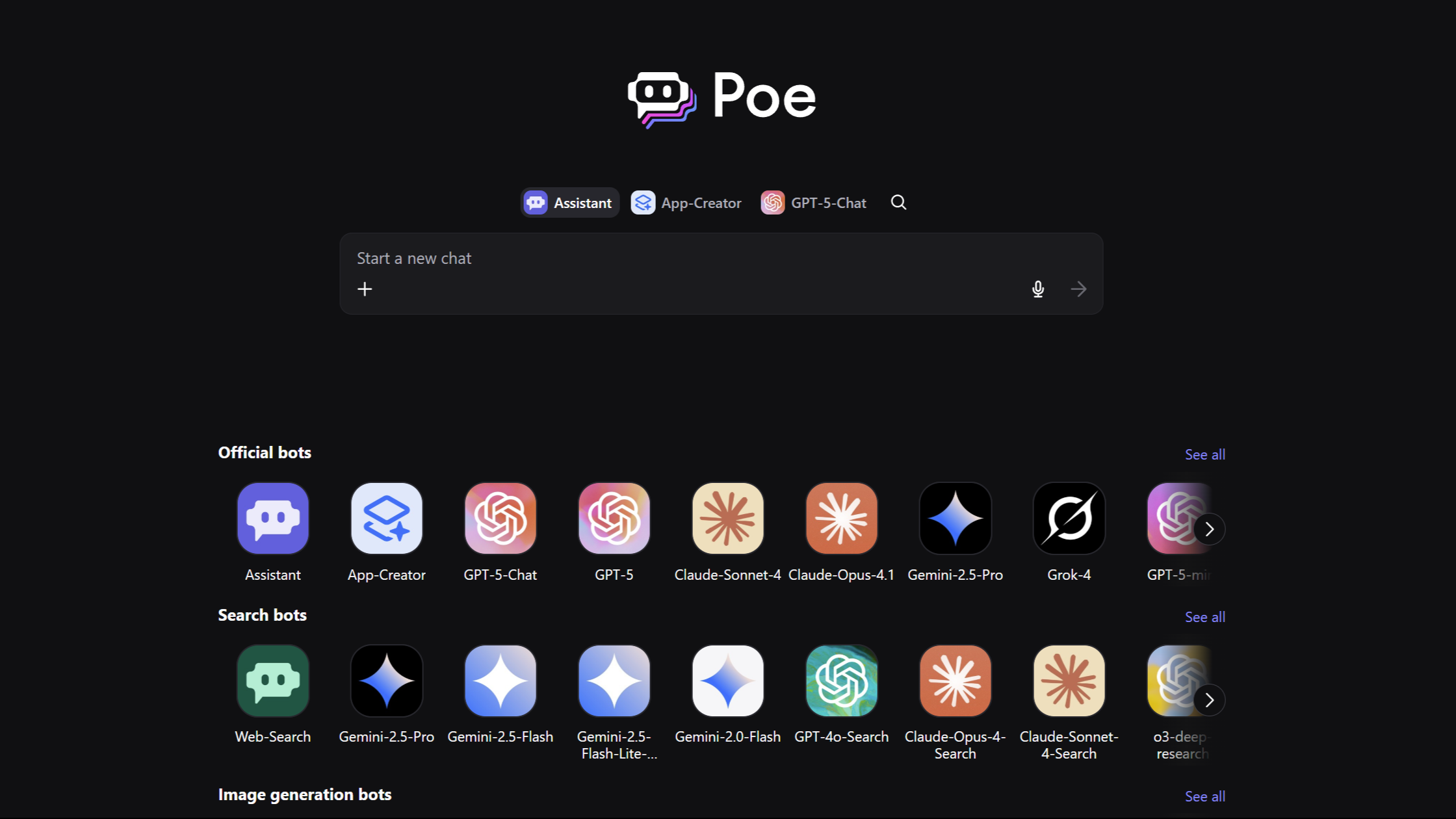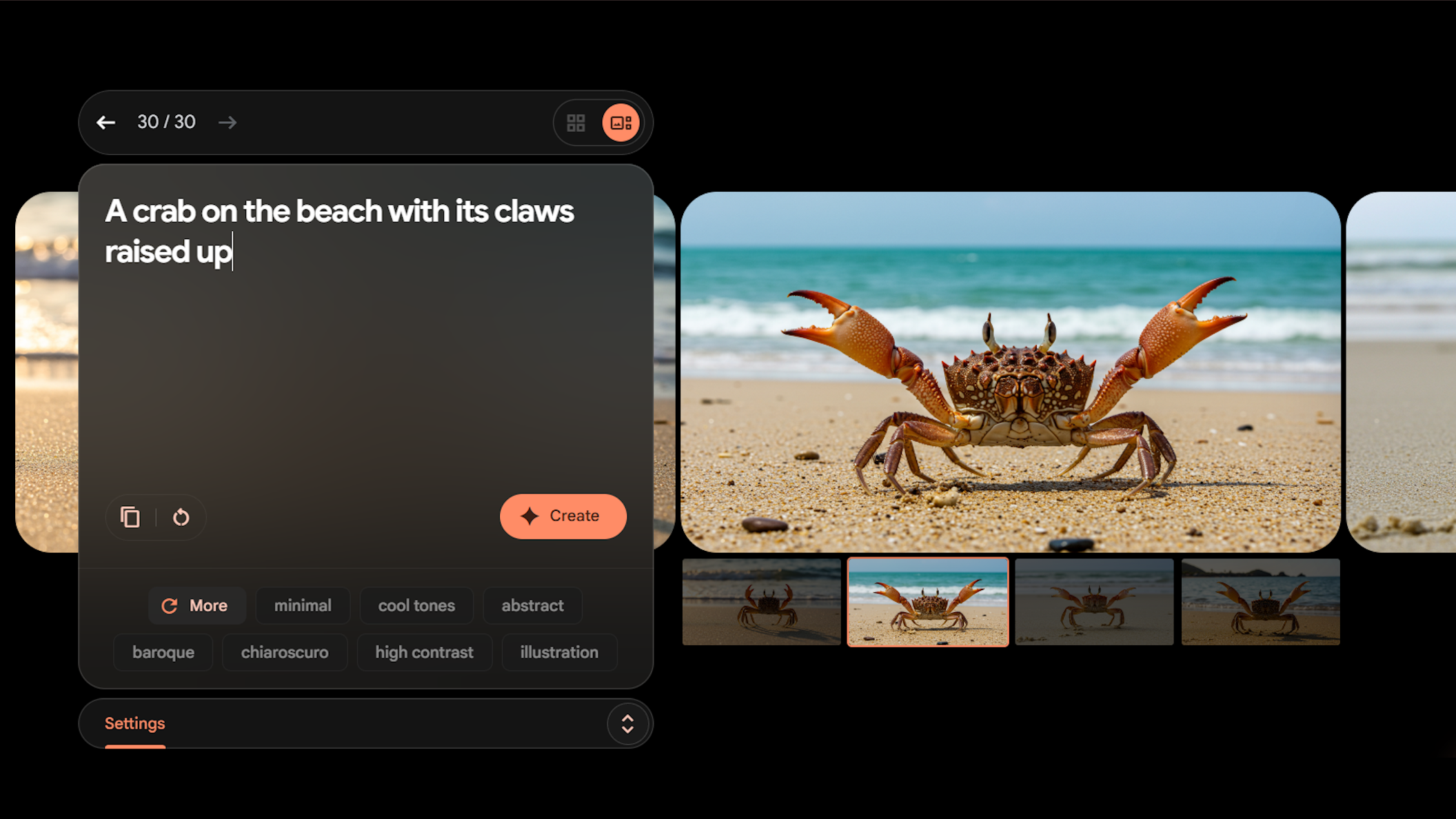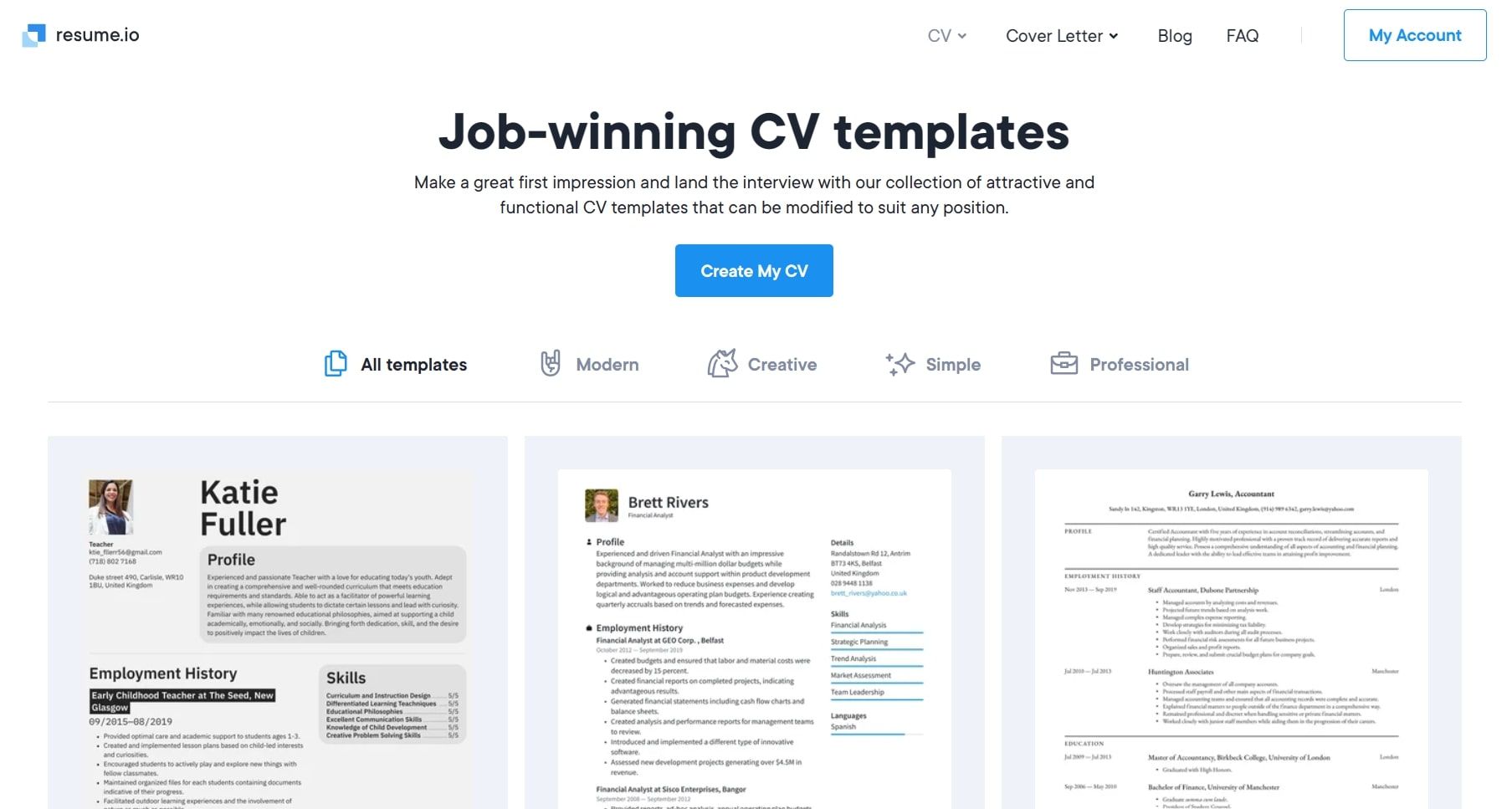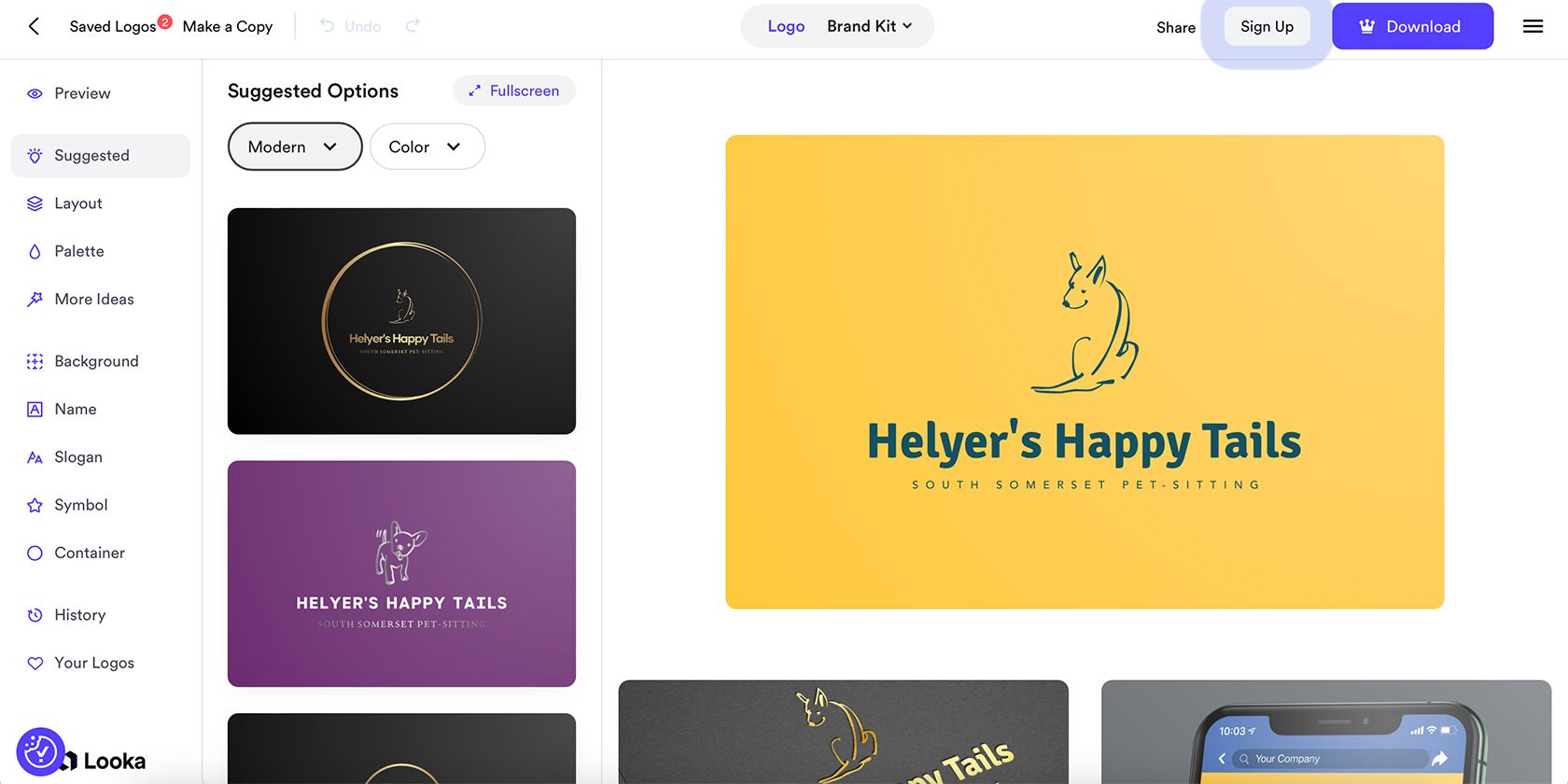The AI subscription craze has gotten out of hand. I’ve tested many premium AI tools across different categories, and most of them don’t justify their price tags. You’re often paying for features that can be found elsewhere for free, sometimes with better results.
5
You Don’t Need to Pay for a General AI Chatbot
The launch of OpenAI’s GPT-5 in August 2025 makes the case against paid subscriptions even stronger. You can now get access to OpenAI’s most advanced model for free with 8-10 daily requests.
ChatGPT Plus costs $20 monthly, and Claude Pro charges the same. But here’s what I discovered after using both extensively—you’re mostly paying for faster response times and priority access during peak hours.
GPT-5 automatically chooses the best approach for your question without requiring you to pick between different models. Previously, if you were a paid user, you had to navigate between GPT-4, o1, o1 Pro, and others. Now the AI handles that complexity for you, even on the free tier.
The free versions of these chatbots handle 90% of what most people actually need. That includes conversations, coding help, and research queries, which work just fine even without a subscription. Sure, there are limitations, but in most cases, you’ll get the job done before you hit it. And if you do—just move to another free AI chatbot.
You can also ditch ChatGPT for an all-in-one AI tool like Poe and access Claude, GPT-5, and others through their free tier. It is developed by Quora and offers multiple AI models on one platform.
Download: Poe (All platforms)
The paid features, like custom GPTs and advanced data analysis, sound impressive. In reality, most people never touch them. This gives you an option to save money unless you’re running a business that genuinely needs those enterprise-level capabilities. But, for general use, free AI chatbots from various providers offer more than enough functionality.
That said, other than key AI players you know, many paid apps you see on app stores or online are just “wrappers.” They use OpenAI’s or another company’s API on the backend and charge a premium for a slightly different interface.
4
Basic AI Image Generators Aren’t Worth a Subscription
I’ve experimented with AI image generators, and paying for a basic subscription is a mistake. The initial wow factor fades when you realize the output is often generic and soulless. Also, the quality gap between paid and free options has virtually disappeared.
Many free tools from major tech companies now offer capabilities that were once behind a paywall. You get a generous number of credits and impressive quality without spending anything.
For example, Leonardo.AI offers 150 free generations daily, which is more than most casual users need. Their free models produce professional-quality results that rival expensive alternatives.
But, even with a paid subscription, the images often require significant editing. You’ll wrestle with prompts to get a coherent result and may still need to use paid or free AI image upscalers to fix strange artifacts or low resolution.
Instead of paying for generic prompts, consider tools that enhance your own work. A free AI tool that creates Pinterest-like visuals from photos, for instance, can produce more personalized and unique results by starting with your own assets. This approach lets you use AI to complement your skills rather than letting it churn out uninspired images from scratch.
3
Avoid Paying for Standalone AI Resume Builders
From personal experience, these tools often produce generic, buzzword-heavy descriptions that lack the personality that catches a hiring manager’s eye. Services like Resume.io and Zety charge $15-30 monthly for AI-powered resume creation.
The core function of these paid tools is now redundant. General AI chatbots like ChatGPT or Copilot can perform the exact same tasks for free. You can ask them to tailor your experience to a specific job description or suggest action verbs. The output is more personalized because you’re controlling the conversation directly.
One thing the paid platforms are good at is offering fancy templates and formatting. But you can achieve pretty much the same results using the free version of Canva or Word resume templates, then paste in your AI-generated content.
The human touch still matters in resume writing. Free AI tools give you the foundation, but you can add personality and authenticity that standalone AI resume builders simply can’t replicate.
The biggest risk is factual inaccuracy. A paid tool could misinterpret your input or confidently invent metrics and responsibilities that aren’t true. Your credibility is paramount in a job search, and having to defend AI-generated inaccuracies during an interview is a nightmare scenario. It’s a risk that isn’t worth the subscription fee.
2
AI Paraphrasers and Summarizers Are Now Redundant
QuillBot dominated the paraphrasing market for years. It offers advanced rewriting modes and longer text limits. But that entire business model almost crumbled when ChatGPT and similar tools became widely available.
In some instances, general AI chatbots understand context better and produce more readable results than specialized paraphrasing tools.
The same applies to summarization services like SummarizeBot or TLDR This. These platforms charge for features that any free AI chatbot handles with simple prompts like “summarize this article in three bullet points.”
Online paraphrasing tools still serve a purpose for quick edits, but their premium tiers offer nothing you can’t get elsewhere for free. Most limit you to a few hundred words unless you upgrade.
On the other hand, Claude and ChatGPT process entire documents without significant word limits on their free tiers. They also maintain better coherence across longer texts because they’re designed for extended conversations rather than single-function tasks.
1
AI Logo Makers Often Do More Harm Than Good
Many startups launch with identical-looking logos generated by AI logo makers. They create a false sense that branding is just about having any visual symbol, but it’s not.
The biggest problem isn’t the $50-200 these services charge. The problem is that they produce generic combinations of stock icons and fonts that dozens of other businesses might be using simultaneously. Your “unique” logo could already exist in someone else’s marketing materials.
Copyright concerns make this even worse. AI generators carry potential copyright issues because the training data includes existing logos and design elements. You might unknowingly infringe on established trademarks without realizing it.
If you’re determined to use AI for logos, you need to first understand the risks involved. That means researching potential legal issues before committing to any generated design.
Real branding requires understanding your audience, competitors, and market positioning. AI logo makers skip this entirely and jump straight to visual output. That results in meaningless decoration rather than strategic design.
Canva’s free logo maker produces similar results without the subscription fees. Better yet, hire a freelance designer or learn basic design principles yourself because a brand deserves more thought than an algorithm can provide.
The irony is that some companies are charging premium prices for AI features that work better when accessed directly from their original sources. That’s how one can save hundreds of dollars by skipping these middlemen. Sometimes the best upgrade is simply unsubscribing.



